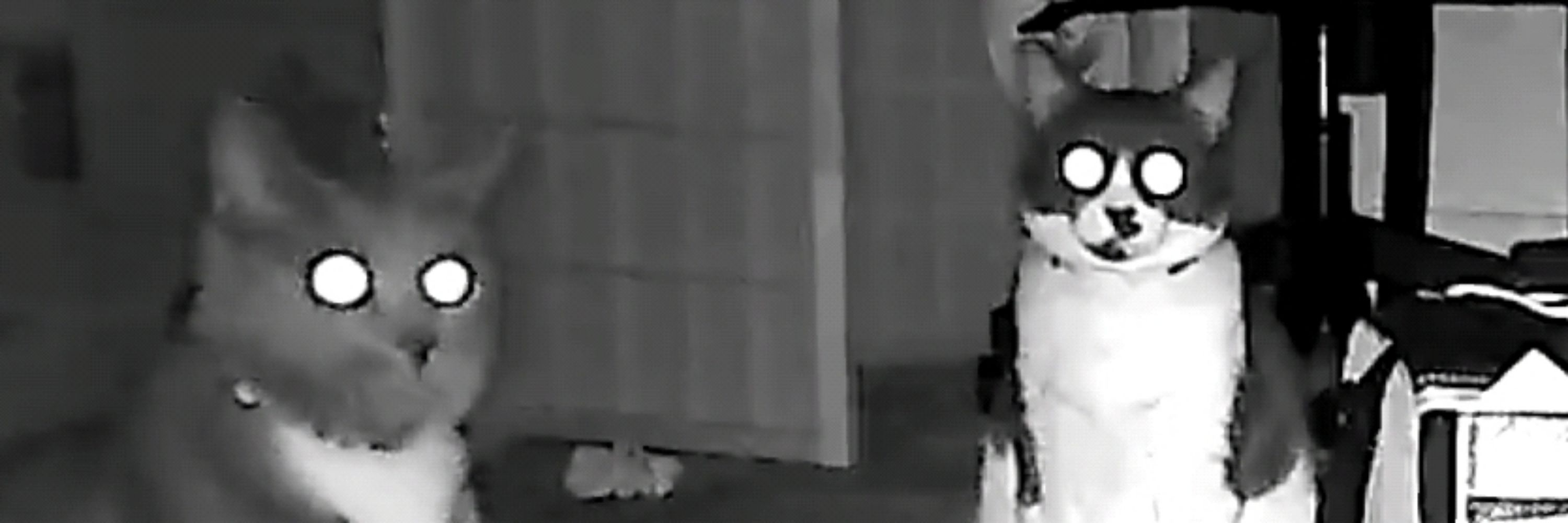
shadertoy.com/view/WXdXzj

shadertoy.com/view/WXdXzj


One way of generating that matrix is by following the steps outlined in this paper (eq. 9): bougleux.users.greyc.fr/articles/bou...
One way of generating that matrix is by following the steps outlined in this paper (eq. 9): bougleux.users.greyc.fr/articles/bou...
www.geometry.caltech.edu/BlueNoise/
And then there's a linear time algorithm for it using a paper from this year's siggraph:
perso.liris.cnrs.fr/david.coeurj...
www.geometry.caltech.edu/BlueNoise/
And then there's a linear time algorithm for it using a paper from this year's siggraph:
perso.liris.cnrs.fr/david.coeurj...
www.instagram.com/reel/CzXYoAA...
www.instagram.com/reel/CzXYoAA...
bsky.app/profile/tear...
where f() could be any range of convex functions, like x^2 or x^4?
So like given a point (p0,p1,p2) minimize:
(x - p0)^2 + (y-p1)^2 + ((f(x) + f(y)) - p2)^2
With respect to x and y.
bsky.app/profile/tear...

